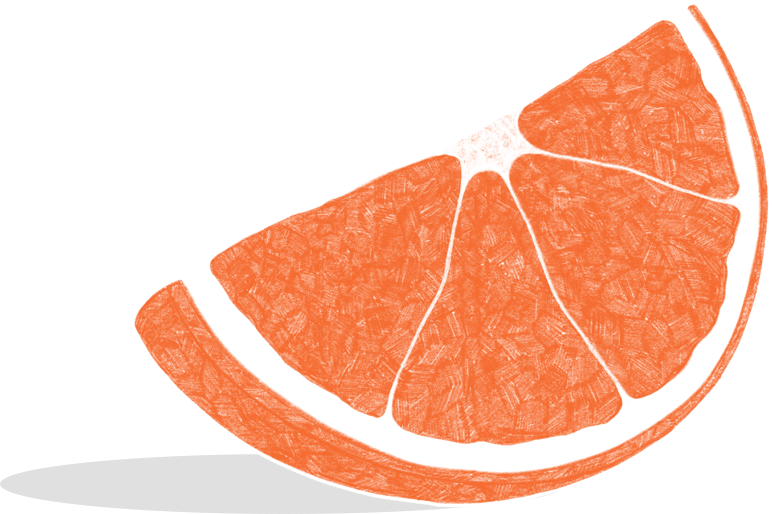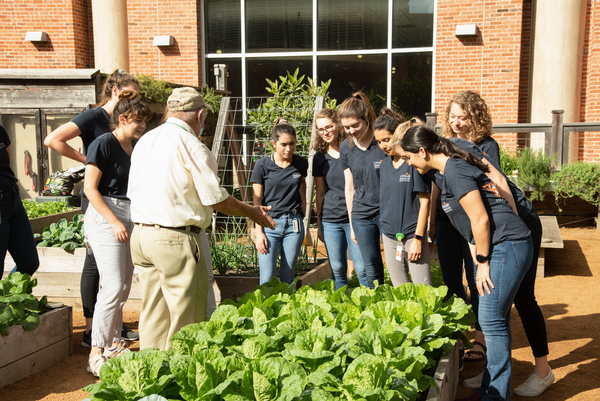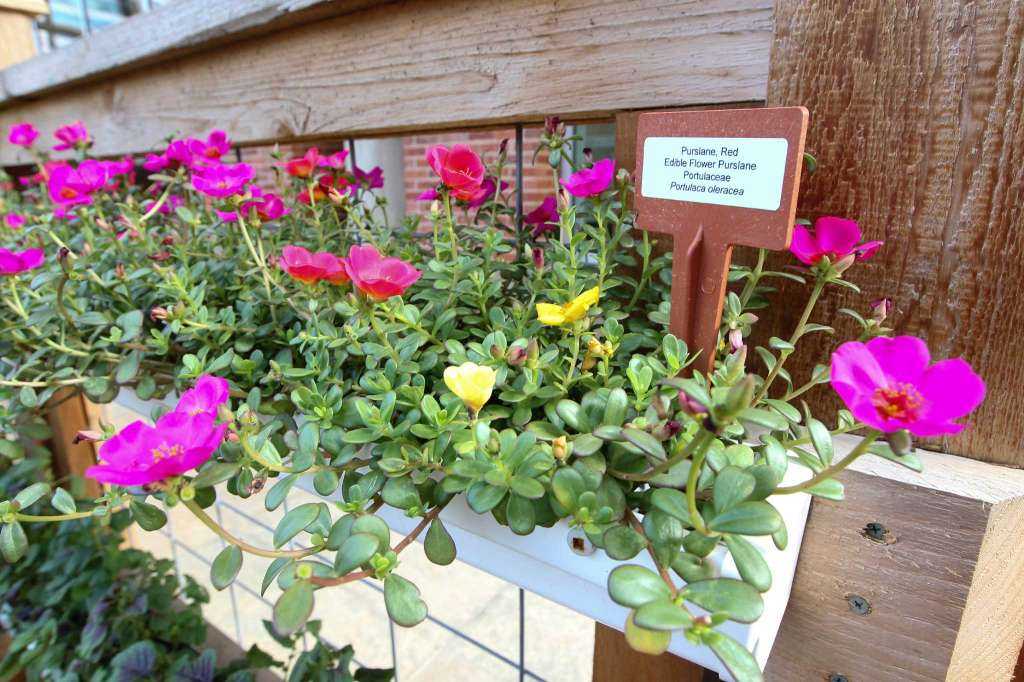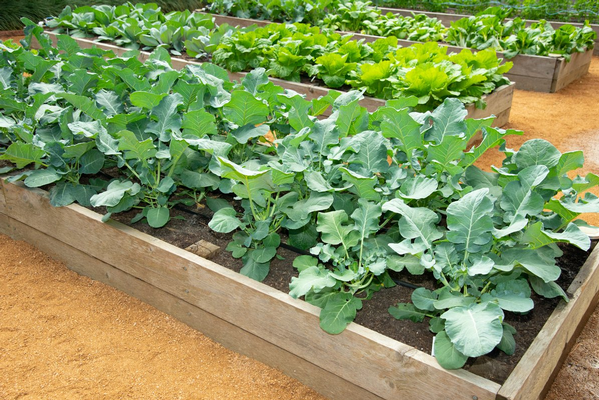How Good
Food Works


Gardening is one of the most popular hobbies and common uses of leisure time in the U. S. and through-out the world. Anyone who wants to garden should be able to do so, regardless of their physical or mental ability. The Holistic Garden is designed so that anyone can participate in the act of gardening and be in contact with nature. Contact with nature reduces mental stress and fatigue. The gardening practices used here work together with the natural ecosystem of which the garden is a part. The Holistic Garden at the School of Public Health teaches students and community members how to use the garden as a tool to improve physical and mental health through better nutrition, regular exercise and contemplation in a natural setting.
improve physical and mental health through better nutrition, regular exercise and contemplation in a natural setting. The Holistic Garden offers hands-on experiential learning that will augment our nutrition education and public health curricula. Our students and community members will learn how the garden and the act of gardening can be tools to improve nutrition and physical activity, while preventing or reducing the severity of various chronic conditions that are plaguing our modern society, such as cancer, diabetes, obesity, heart and circulatory problems, depression, osteoporosis, high blood pressure, high cholesterol and many others.



I'd like to start growing
The scaly looking vegetable is the bud of a mostly inedible thistle flower. The globe artichoke is a perennial in the thistle family that produces long, silver-green, lobed leaves that make the artichoke look like a giant fern. Artichokes contain a unique organic acid called cynarin, which stimulates sweet receptors on the palate, changing the character of consumed food and drinks.
Fresh artichokes will feel heavy compared to their size and squeak when squeezed. Select ones that are a deep green color and have tightly formed leaves. During the fall and winter months artichokes may be darker and have browning on the tips. In this case look for green on the inside of the petals and avoid those that are wilted or dried.
Sprinkle with a bit of water and refrigerate in an airtight container and they should last a week if stored properly.
Artichokes prefer to grow in areas with full sun. Before planting, mix a shovel of compost or aged manure into the soil. Space each plant three to four feet apart in rows and leave four to five feet between the rows. Plant the shoots and dormant roots about six inches deep. The tops should be above ground level. Water deeply at the time of planting and keep the soil moist as it grows. Mulch will help keep the moisture in the soil. Artichokes will go dormant in hot weather, but will return to growing once cooler weather arrives. Harvest artichoke buds when they have swollen but are still closed tight.